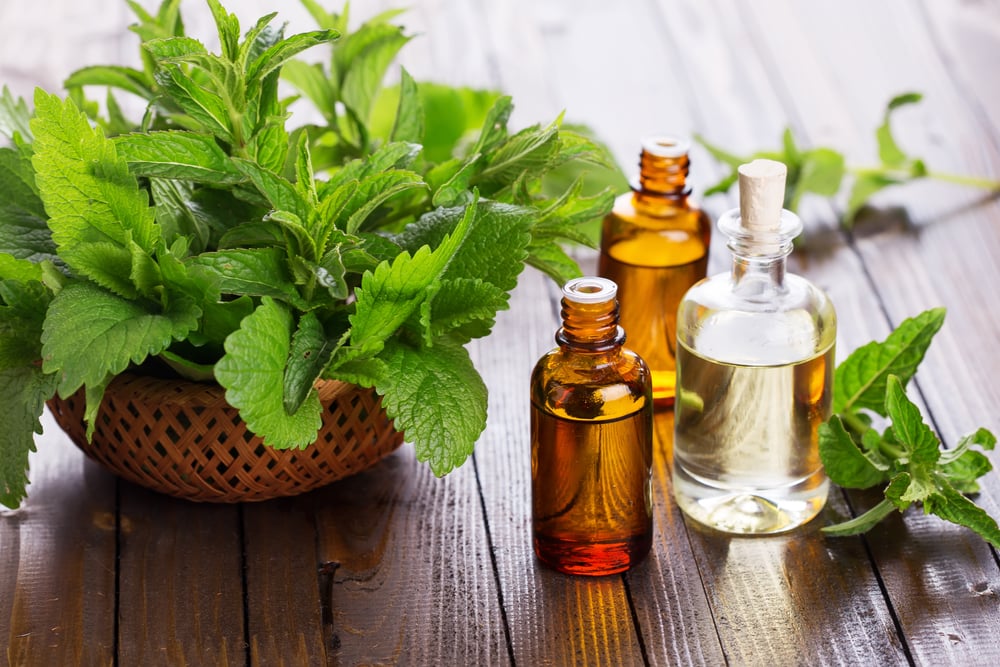Benefits of Peppermint For Your Body Health

Peppermint leaves are well known for their benefits as a mouth freshener and prevent bad breath. No wonder you often find toothpaste, mouthwash, and chewing gum with peppermint flavors. But it turns out, the benefits of the leaves from crossing watermint and spearmint are not only that. Whether in fresh leaf versions, herbal supplements, or essential oils, peppermint still has a myriad of health benefits. What are the benefits of peppermint?
Benefits of peppermint for health
1. Relieves indigestion
Peppermint can help improve digestive problems, especially irritable bowel syndrome (IBS). IBS is an intestinal disorder that causes flatulence, stomach cramps, and irregular bowel movements. A recent study published in the journal Digestive Diseases and Sciences suggests that herbal supplements containing peppermint oil can relieve recurrent IBS symptoms. Peppermint activates the painkillers in the colon, which can reduce pain caused by intestinal inflammation.
Another benefit of peppermint for digestion is to relieve nausea, including symptoms of morning sickness during pregnancy. According to University of Maryland Medical Center (UMM), peppermint can calm the abdominal muscles and improve the flow of bile, which the body uses to digest fat.
Apart from using herbal supplements, if the symptoms of nausea come on, immediately inhale peppermint aromatherapy or brew dry peppermint leaves and inhale while warm to calm the digestive tract. However, if your indigestion is related to acid reflux or GERD, you should not use peppermint for treatment.
2. Relieves itching due to insect bites
Peppermint leaves are cool and very soothing. So, peppermint essential oil can be used to relieve irritation, redness and itching of the skin due to insect bites or poisonous plants. Simply apply the previously diluted peppermint oil right on the red rash. and wait a while for the cooling effect to relieve your skin problem.
3. Relieves flu and colds
The menthol in peppermint can help relieve nasal passages. While not strictly a decongestant to thin the nasal congestion, peppermint stimulates sensory receptors in your nose that detect cold temperatures so you feel as if you are breathing more freely. The benefits of peppermint for breathing can also relieve nasal congestion, colds, and / or coughs caused by dust allergies.
You can inhale peppermint aromatherapy oil, sip peppermint tea, or rub a balm with peppermint extract on the chest and around the nose to relieve symptoms.
4. Cure headaches and migraines
Peppermint is soothing and numbing. These properties are believed to be beneficial for people who experience migraines and tension headaches due to stress.
Although there is not much medical research that can prove the efficacy of peppermint oil, some researchers suspect that peppermint helps control blood flow in the body and opens up the sinus passages to allow a smoother flow of oxygen to the brain. According to one study reported that peppermint oil has the same benefits as tylenol or paracetamol for pain relief.
You can rub a balm with peppermint scent on both sides of your temples and forehead when a headache starts to hit. Massage the head area gently. Alternatively, you can dilute a few drops of peppermint oil in a basin, tilt your head and cover it with a towel to trap the steam. Inhale warm peppermint steam for 1-2 minutes.
In addition, you can take a warm bath. Soaking can help reduce the severity of the headache. Add a few drops of peppermint oil to your bath to really enhance the relaxation benefits. Turn off bathroom lights and use candles if your migraine gets worse in bright light.
5. Caring for hair
Peppermint oil is a fairly popular ingredient found in some shampoos thanks to its fresh aroma and soothing properties. Applying peppermint to the scalp refreshes the scalp, clears dandruff, and stimulates blood flow to the scalp which helps stimulate hair growth.
Apart from cleaning hair from dead skin cells, peppermint also binds hair follicles with protein. The benefits of peppermint are believed to provide healthy and radiant hair appearance.
Before using peppermint oil, pay attention to this first
If you want to use pure peppermint essential oil for massage or simply applied to the skin, first test whether you are allergic to peppermint essential oil or not. The trick, apply a little to the back of the hand or behind the ear, wait 1 × 24 hours and see if there is an allergic reaction that appears. If not, you may use this essential oil for medicinal purposes as above.
It is also best to dilute this oil with a carrier oil (for example, olive oil), if you want to apply it to the skin. Mix 3-5 drops of peppermint essential oil with 2 tablespoons of olive oil before applying it directly to the skin.
Hello Health Group does not provide medical advice, diagnosis or treatment.